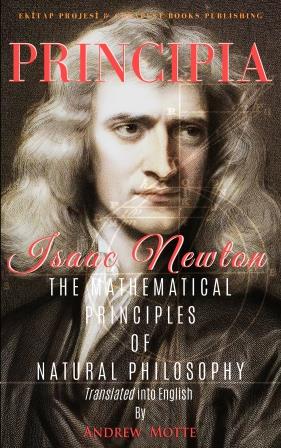
The state with the three-line imprint, including the name of the bookseller, Samuel Smith, reflects Halley's decision to turn over a significant portion of the edition to Smith, probably for foreign distribution.

Munby researched the significance of the two states of the title page of the Principia, concluding that the more commonly found state, with the title page uncancelled and the so-called two-line imprint, reflects Halley's initial sales strategy of placing the work on consignment with many booksellers ("apud plures Bibliopolas"). Halley decided to market the book by placing copies on consignment with various booksellers, and he sent Newton forty copies, some bound, some in sheets, which he asked Newton to "place in the hands of one or more of your ablest booksellers to dispose of them." Munby observed that many of the bindings of the two-line imprint issue were similar, suggesting that Halley may have had many of the copies bound at one shop. Having paid for the edition himself, Halley sent out presentation copies at Newton's direction and also sent Newton twenty copies for his personal use. Halley also edited the work and saw it through the press, reporting his progress to Newton in a series of letters which are preserved at Cambridge. The expenses of publication of the first edition were borne by Edmond Halley, as neither Newton nor the Royal Society had sufficient funds, and booksellers, who in those days often acted as publishers, typically refused to risk their own money on esoteric scientific books.

The original printer's manuscript in the hand of Newton's amanuensis, Humphrey Newton, still exists, as do various copies of the first edition with Isaac Newton's autograph corrections. Munby's and Todd's observations may be summarized here. Other useful research on this work was conducted by A. Todd's definitive bibliography of the first three editions. Cohen's Introduction to Newton's "Principia" (1971), and in Koyré‚ and Cohen's variorum edition of the Principia (1972), which also contains William B.

The definitive scholarship on the writing and printing of the Principia appears in I.

We probably know as much about the printing history of Newton's Principia mathematica as of any book of the seventeenth century. In 1687 Isaac Newton published Philosophia naturalis principia mathematicain London through the efforts and expense of astronomer Edmond Halley.


 0 kommentar(er)
0 kommentar(er)
